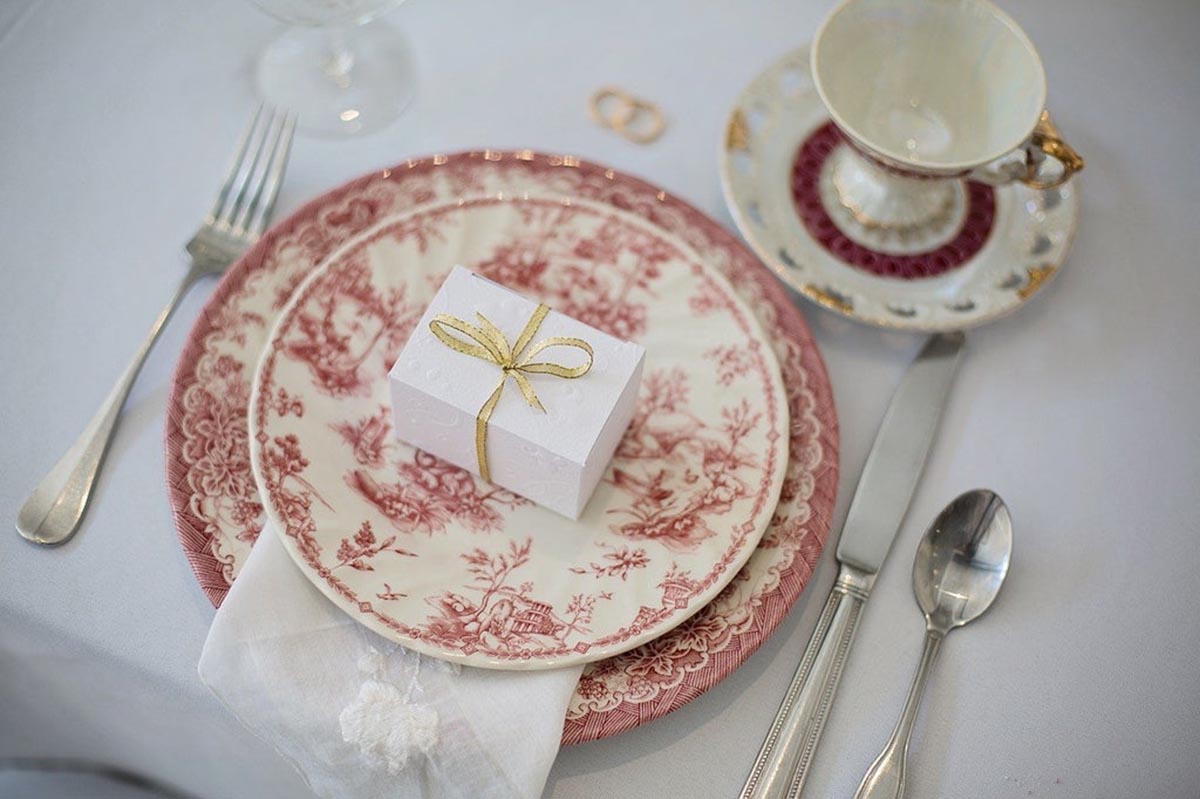

Tableware
What Constitutes Tableware?
Modified: April 23, 2024
Discover what exactly constitutes tableware and explore the essential items that complete a well-set dining table. From plates and bowls to cutlery and glassware, find out all you need to know about tableware.
(Many of the links in this article redirect to a specific reviewed product. Your purchase of these products through affiliate links helps to generate commission for Storables.com, at no extra cost. Learn more)
Introduction
Tableware plays a crucial role in our dining experiences, adding elegance and functionality to the act of enjoying a meal. Whether it’s a casual family dinner or a formal gathering, the right tableware can set the mood and elevate the overall dining experience. In this article, we will explore what constitutes tableware, its various types, materials used, and factors to consider when choosing the perfect set. We will also delve into the importance of tableware in creating a memorable dining experience and discuss the maintenance and care required to keep your tableware in pristine condition.
Key Takeaways:
- Tableware encompasses a wide range of items, from plates and glasses to cutlery, and plays a crucial role in enhancing the dining experience by adding aesthetics, personal style, and cultural significance.
- Choosing the right tableware involves considering factors such as style, functionality, materials, and budget, and proper maintenance and care are essential to preserve its beauty and longevity, ensuring enjoyment for years to come.
Definition of Tableware
Tableware, also known as dinnerware or crockery, refers to the set of utensils and dishes used for serving and consuming food. It encompasses a wide range of items, including plates, bowls, cups, saucers, serving platters, glasses, and cutlery such as forks, knives, and spoons. Tableware is an essential component of any dining experience, whether it be at home, in restaurants, or during special occasions.
The purpose of tableware extends beyond its functional use; it also contributes to the aesthetic appeal of the dining table and enhances the overall presentation of the food. The design, quality, and materials used in tableware can vary greatly, offering a wide assortment of options to suit different styles, preferences, and occasions.
Tableware not only serves as a means of holding and consuming food but also reflects personal style and cultural traditions. It can be simple and minimalist, showcasing elegance and sophistication, or it can be colorful and vibrant, adding a festive touch to the dining experience. With countless designs, patterns, and materials to choose from, tableware allows individuals to express their creativity and create a unique ambiance.
Whether it’s a formal dinner party, a casual brunch with friends, or a cozy family meal, the choice of tableware can influence the mood and atmosphere of the gathering. From fine china to rustic stoneware, the selection of tableware sets the tone and enhances the overall dining experience, making every meal a memorable occasion.
Types of Tableware
Tableware comes in a variety of types, each serving a specific purpose and adding a distinctive touch to the dining experience. Let’s explore some of the most common types of tableware:
- Plates: Plates are the foundation of any table setting. They come in various shapes, sizes, and materials, such as ceramic, porcelain, stoneware, and melamine. Dinner plates, salad plates, and dessert plates are the most common types.
- Bowls: Bowls are versatile tableware items used for serving soups, salads, pasta, and desserts. They can be shallow or deep, and their sizes and shapes differ based on their specific purpose.
- Glasses: Glasses are essential for serving beverages. They can vary in size, ranging from water glasses to wine glasses, champagne flutes, and cocktail glasses. Glasses can be made of glass or crystal, with different designs to suit various types of drinks.
- Cutlery: Cutlery includes forks, knives, and spoons, and is used for eating and serving food. Cutlery sets can vary in design and material, such as stainless steel, silver, or gold-plated. There are different types of forks and spoons, including dessert forks, soup spoons, and salad forks.
- Cups and Saucers: Cups and saucers are commonly used for serving hot beverages like coffee and tea. They come in various sizes and materials, such as ceramic, porcelain, or bone china.
- Serving Platters and Bowls: These larger, flat or deep dishes are used for presenting and serving larger quantities of food. Different materials, such as glass, ceramic, or wood, are used to create unique serving platters and bowls.
- Serving Utensils: Serving utensils, such as ladles, spoons, and tongs, are designed to help serve food and transfer it from serving dishes to individual plates. They are commonly made of stainless steel or other durable materials.
These are just a few examples of the types of tableware available. The options are vast and varied, allowing individuals to curate a collection that suits their personal style and dining needs.
Traditional Tableware
Traditional tableware embodies the rich cultural heritage and customs of different regions around the world. It reflects the traditions, rituals, and aesthetics that have been passed down through generations. Let’s explore some examples of traditional tableware:
- Chinese Porcelain: Chinese porcelain has a long history and is known for its delicate and intricate designs. Traditional Chinese tableware often features hand-painted motifs, such as dragons, peonies, and landscapes. The use of vibrant colors and symbolic patterns adds a touch of elegance and symbolism to the dining experience.
- Japanese Lacquerware: Japanese tableware, known as lacquerware, showcases the country’s meticulous craftsmanship. It involves coating wooden or bamboo vessels with layers of lacquer, creating a glossy and durable finish. Traditional Japanese tableware includes lacquer bowls, plates, and chopsticks, often adorned with minimalist designs and natural motifs.
- Mexican Talavera: Talavera pottery is a traditional Mexican tableware style characterized by its vibrant colors and intricate patterns. This hand-painted pottery, typically adorned with floral or geometric designs, adds a festive and lively touch to the dining table. Talavera tableware includes plates, bowls, and serving platters.
- Indian Brass Utensils: In India, traditional tableware often features brass utensils. These utensils, including plates, bowls, and cups, are crafted with intricate designs and patterns. Brass tableware not only adds a touch of elegance but also holds cultural significance in various religious and ceremonial practices.
- Moroccan Tagines: Tagines are traditional Moroccan clay cooking pots with a distinctive conical shape. They are often used to serve dishes as well. Traditional Moroccan tableware includes intricately designed tagines, serving plates, and hand-painted tea sets, showcasing the country’s vibrant colors and geometric patterns.
These are just a few examples of traditional tableware from around the world. Exploring different traditional tableware styles can provide insight into the cultural practices and artistic expressions of various regions, making the dining experience even more enriching and memorable.
Modern Tableware
While traditional tableware holds a timeless charm, modern tableware embraces contemporary design elements while incorporating functionality and versatility. Modern tableware reflects the evolving tastes and preferences of individuals in today’s fast-paced world. Let’s explore some examples of modern tableware:
- Minimalist Designs: Modern tableware often features sleek and minimalist designs, with clean lines and simple shapes. These minimalist pieces bring a sense of sophistication and elegance to the dining table. Materials such as porcelain, bone china, or tempered glass are commonly used to achieve a modern aesthetic.
- Geometric Patterns: Geometric patterns are a popular choice in modern tableware. Bold and eye-catching, these patterns add a contemporary touch to plates, bowls, and serving dishes. Geometric forms, such as triangles, squares, and hexagons, create a visually appealing and modern look.
- Mixed Materials: Modern tableware often incorporates innovative combinations of materials. Mixing ceramics with wood, glass, or metal creates unique and visually striking pieces. For example, a plate with a ceramic center and a wooden border can add a touch of warmth and texture to the table setting.
- Colorful Accents: Modern tableware embraces color and allows for playful experimentation. Plates, bowls, and cups in vibrant hues or with colorful accents can create a lively and dynamic dining experience. Pastel colors or bold pops of color can be used to match different styles and themes.
- Functional Designs: In modern tableware, functionality is key. Designs often incorporate features such as stackability, microwave-safe materials, and dishwasher-safe finishes for easy and convenient use. Multiple-purpose items, like bowls that double as serving dishes, are also common in modern tableware collections.
By embracing contemporary design elements, modern tableware offers a fresh take on traditional dining experiences. It allows individuals to express their personal style and create a unique ambiance that suits their lifestyle.
When considering what constitutes tableware, it’s important to remember that it includes items such as plates, bowls, glasses, and cutlery that are used for serving and eating food. It also encompasses serving dishes, platters, and other accessories for dining.
Materials Used in Tableware
Tableware comes in a wide range of materials, each offering distinct characteristics and aesthetics. The choice of materials can greatly influence the overall look, feel, and functionality of tableware. Here are some commonly used materials in tableware:
- Ceramic: Ceramic is a popular material for tableware due to its versatility and durability. It can be glazed or unglazed, and it offers a wide array of colors and designs. Ceramic tableware is dishwasher-safe and microwave-safe, making it suitable for everyday use.
- Porcelain: Porcelain is a type of ceramic that is fired at a higher temperature, resulting in a smooth and elegant finish. Porcelain is known for its delicate appearance and translucent quality. It is lightweight, durable, and resistant to chipping. Porcelain tableware is commonly used for formal dining or special occasions.
- Earthenware: Earthenware refers to pottery that is made from clay fired at a lower temperature. It has a rustic and textured appearance, often with a glazed finish. Earthenware tableware is generally not as durable as porcelain or ceramic, and it may be more susceptible to chipping or cracking. However, it can add a charming and relaxed vibe to the dining table.
- Glass: Glass tableware offers a sleek and transparent look. It can be clear or colored, and it is often used for drinking glasses, serving bowls, and dessert dishes. Glass tableware is versatile, easy to clean, and suitable for both casual and formal dining settings.
- Stainless Steel: Stainless steel tableware is highly durable and resistant to rust and corrosion. It is commonly used for cutlery such as forks, knives, and spoons. Stainless steel tableware is dishwasher-safe and can withstand frequent use and washing without losing its shine or integrity.
- Melamine: Melamine is a sturdy and lightweight material used for outdoor or casual dining. It is resistant to breakage, making it ideal for picnics or outdoor gatherings. Melamine tableware comes in various colors and designs but should not be used in high-temperature environments, such as the microwave or oven.
- Bamboo: Bamboo tableware is eco-friendly and sustainable. It combines the natural beauty of bamboo with the durability and functionality required for tableware. Bamboo plates, bowls, and utensils are biodegradable and considered a more environmentally conscious choice.
The choice of material depends on personal preference, intended use, and the desired aesthetic for the dining experience. By carefully selecting the material, one can create a table setting that is both visually appealing and practical.
Factors to Consider When Choosing Tableware
Choosing the right tableware involves more than just selecting visually appealing pieces. It’s essential to consider various factors to ensure that your tableware meets your needs and enhances your dining experience. Here are some key factors to consider when choosing tableware:
- Style and Aesthetic: Consider the overall style and aesthetic you want to achieve. Whether you prefer a minimalist look, traditional elegance, or a modern and vibrant ambiance, choose tableware that aligns with your desired theme. Consider factors like color, pattern, and shape to create a cohesive and visually pleasing table setting.
- Functionality and Versatility: Assess the functionality of the tableware. Consider the intended use of the pieces and whether they are suitable for everyday dining or special occasions. Look for versatile items that can be used for multiple purposes and can withstand regular use, dishwasher cleaning, and microwave heating if required.
- Materials and Durability: Tableware comes in a variety of materials, each with its own characteristics and durability. Decide whether you prefer ceramics, porcelain, glass, stainless steel, or other materials. Consider the durability and resistance to chipping, staining, and breakage, as well as the maintenance required for different materials.
- Size and Proportions: Consider the size and proportions of the tableware items. Ensure that the plates, bowls, and glasses are of a suitable size for the meals and beverages you commonly serve. Check if they fit comfortably in your dishwasher and cabinet space.
- Cost and Budget: Determine your budget for tableware and consider the cost of the pieces you are interested in. Balance quality and price to find the best value for your investment. Remember that tableware is a long-term investment, and durable, high-quality pieces can last for years.
- Compatibility and Mix-and-Match: Consider how well the tableware pieces can be mixed and matched with existing sets or future additions. Assess if they harmonize well with your serving dishes, table linens, and overall kitchen decor. Look for versatility and the ability to create various table settings by combining different pieces.
- Special Features: Consider any special features or additional elements that may enhance the tableware. This could include stackability for easy storage, nesting capabilities, or unique design elements that add a touch of individuality to the table setting.
By considering these factors, you can select tableware that not only fulfills your functional needs but also reflects your personal style and enhances the overall dining experience. Take your time to explore different options and find the perfect tableware that complements your taste and elevates your meals.
Importance of Tableware in Dining Experience
Tableware plays a significant role in creating a memorable dining experience. It goes beyond functional use and serves as a means of communication, setting the mood, and enhancing the overall enjoyment of the meal. Here are some key reasons why tableware holds such importance:
- Aesthetics and Visual Appeal: The choice of tableware contributes to the visual appeal of the dining table. It sets the stage for the meal, creating a welcoming and inviting atmosphere. Well-designed tableware adds elegance, charm, and a sense of occasion to any dining experience.
- Personal Style and Expression: Tableware allows individuals to showcase their personal style and individuality. Each person’s unique selection of plates, bowls, glasses, and cutlery can reflect their personality and cultural background. It adds a personal touch and can serve as a conversation starter during meals.
- Enhanced Food Presentation: The right tableware can elevate the presentation of food. The placement of well-proportioned plates, the use of beautifully decorated bowls, and the selection of appropriate serving platters all contribute to the visual appeal of the dishes. Presentation is an essential aspect of the dining experience, as it enhances the anticipation and enjoyment of the meal.
- Mood and Atmosphere: Tableware helps set the desired mood and atmosphere for the dining experience. Formal tableware with elegant designs may create a refined and sophisticated ambiance for special occasions and formal gatherings. On the other hand, casual and colorful tableware can add a relaxed and festive atmosphere for informal meals or gatherings with friends.
- Sensory Experience: Tableware affects the sensory experience of dining. The weight and texture of cutlery, the feel of a well-crafted glass, and the touch of a beautifully glazed plate all contribute to the tactile aspect of the meal. Additionally, the clinking of glasses, the sound of utensils on plates, and the overall ambiance created by the tableware contribute to the auditory aspect of the dining experience.
- Connection to Tradition and Culture: Tableware can hold cultural and traditional significance. It ties individuals to their heritage and can be a way to honor and celebrate cultural customs during meals. Traditional tableware can evoke a sense of nostalgia and connect generations through shared dining experiences.
- Enhanced Appreciation of Food: The right tableware enhances the appreciation of food. Each piece is carefully selected to complement the characteristics of the cuisine being served, ensuring that the flavors and presentation are enhanced. The visual appeal of the tableware can stimulate the appetite and elevate the overall enjoyment of the meal.
Tableware goes beyond being a simple vessel for food; it contributes to the overall dining experience by adding aesthetics, personal style, and cultural significance. The careful selection of tableware can truly transform a meal into an unforgettable and enjoyable experience for both hosts and guests.
Maintenance and Care of Tableware
To ensure that your tableware continues to look its best and lasts for years to come, proper maintenance and care are essential. Here are some tips for maintaining and caring for your tableware:
- Read and Follow Manufacturer’s Instructions: Start by familiarizing yourself with any specific care instructions provided by the manufacturer. Different materials and finishes may require specific cleaning methods or precautions, so it is important to follow the guidelines provided.
- Handwashing versus Dishwasher: Consider whether your tableware is dishwasher-safe or if it is recommended for handwashing. Delicate or hand-painted pieces may require gentle handwashing to prevent damage. If using a dishwasher, ensure that the tableware is properly arranged to avoid contact and potential chipping.
- Use Gentle Dishwashing Detergent: When handwashing your tableware, use a gentle dishwashing detergent and warm water. Avoid using abrasive materials or harsh cleaning agents that can lead to scratching or fading of patterns and finishes.
- Stain Removal: If you notice any stubborn stains on your tableware, try soaking them in a solution of warm water and mild dishwashing detergent. For tough stains, a mixture of baking soda and water can be used as a gentle abrasive paste. Rinse thoroughly after cleaning to remove any residue.
- Avoid Sudden Temperature Changes: Extreme temperature changes can cause thermal shock and lead to cracks or breakage. Avoid placing hot tableware directly on cold surfaces or immersing them in cold water immediately after use. Allow items to cool down gradually before cleaning or storage.
- Storage: Proper storage of tableware is crucial to prevent damage. Stack plates and bowls with care, using separators or felt pads to avoid scratching. Avoid overcrowding and store glassware upright to prevent chipping. Consider using protective storage cases or quilted storage sleeves for delicate or heirloom pieces.
- Handling Cutlery: Handle cutlery with care to avoid bending or scratching. When not in use, store cutlery in a separate compartment or a drawer organizer to prevent jostling and damage. Polish stainless steel cutlery periodically to maintain its shine and remove tarnish.
- Preventing Scratches and Damage: Avoid using metal utensils or abrasive cleaning tools that can scratch or damage delicate surfaces. Use wooden or silicone utensils when serving or eating from tableware to prevent scratching.
- Regular Inspections: Regularly inspect your tableware for any signs of damage, including cracks, chips, or fading patterns. Address any minor issues promptly to prevent further damage or deterioration.
- Special Care for Delicate or Antique Pieces: If you have delicate or antique tableware, consider consulting with a professional conservator to ensure proper care and restoration. These pieces may require extra precautions and specialized cleaning methods to preserve their integrity.
By following these maintenance and care tips, you can keep your tableware in optimal condition and enjoy its beauty and functionality for years to come. Taking the time to care for your tableware will preserve its value and enhance your future dining experiences.
Read more: What Constitutes A Formal Table Setting?
Conclusion
Tableware is more than just functional tools for dining; they are the silent companions that set the stage for memorable meals and create a sense of joy and elegance. From traditional to modern designs, tableware offers a wide range of options to suit various styles and preferences. The choice of materials, the aesthetics, and the care put into maintaining tableware all contribute to the overall dining experience.
When selecting tableware, consider factors such as style, functionality, materials, and budget. Choose pieces that reflect your personal taste and complement the occasion and cuisine being served. Whether it’s a formal dinner party, a casual brunch, or a festive gathering, the right tableware can elevate the ambiance and enhance your appreciation of the food being served.
Proper maintenance and care of tableware are essential to preserve its beauty and longevity. Following manufacturer’s instructions, using gentle cleaning methods, and storing tableware with care will help maintain its pristine condition over time. By taking these steps, you can ensure that your tableware continues to bring enjoyment to every meal and celebration.
In conclusion, tableware is not merely a collection of utensils and dishes, but an essential part of the dining experience. It enriches our meals, reflects our personal style, and connects us to traditions and cultures. By investing in high-quality tableware and giving it proper care, we create an environment that enhances our dining experiences and makes every meal a special occasion.
Frequently Asked Questions about What Constitutes Tableware?
Was this page helpful?
At Storables.com, we guarantee accurate and reliable information. Our content, validated by Expert Board Contributors, is crafted following stringent Editorial Policies. We're committed to providing you with well-researched, expert-backed insights for all your informational needs.
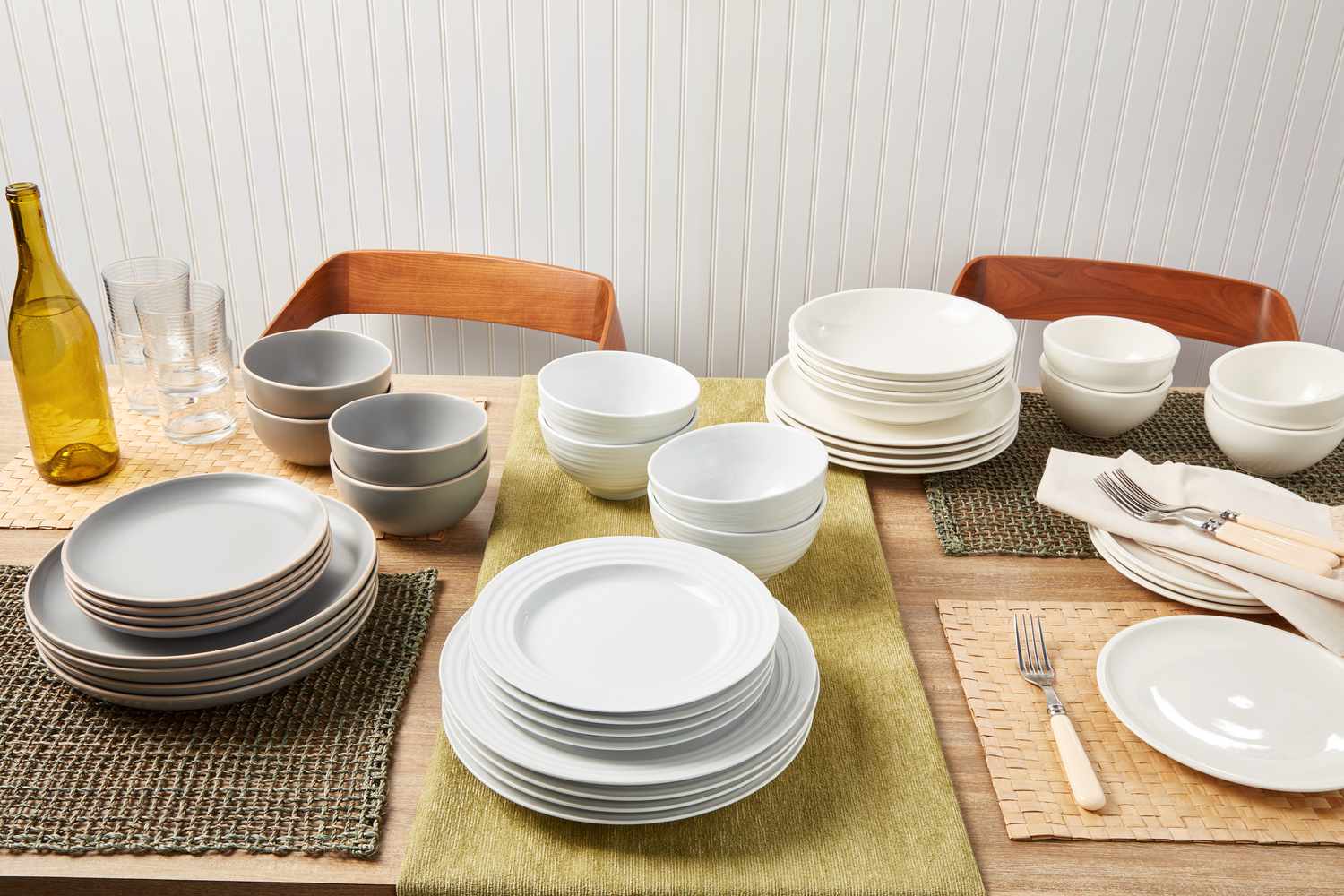
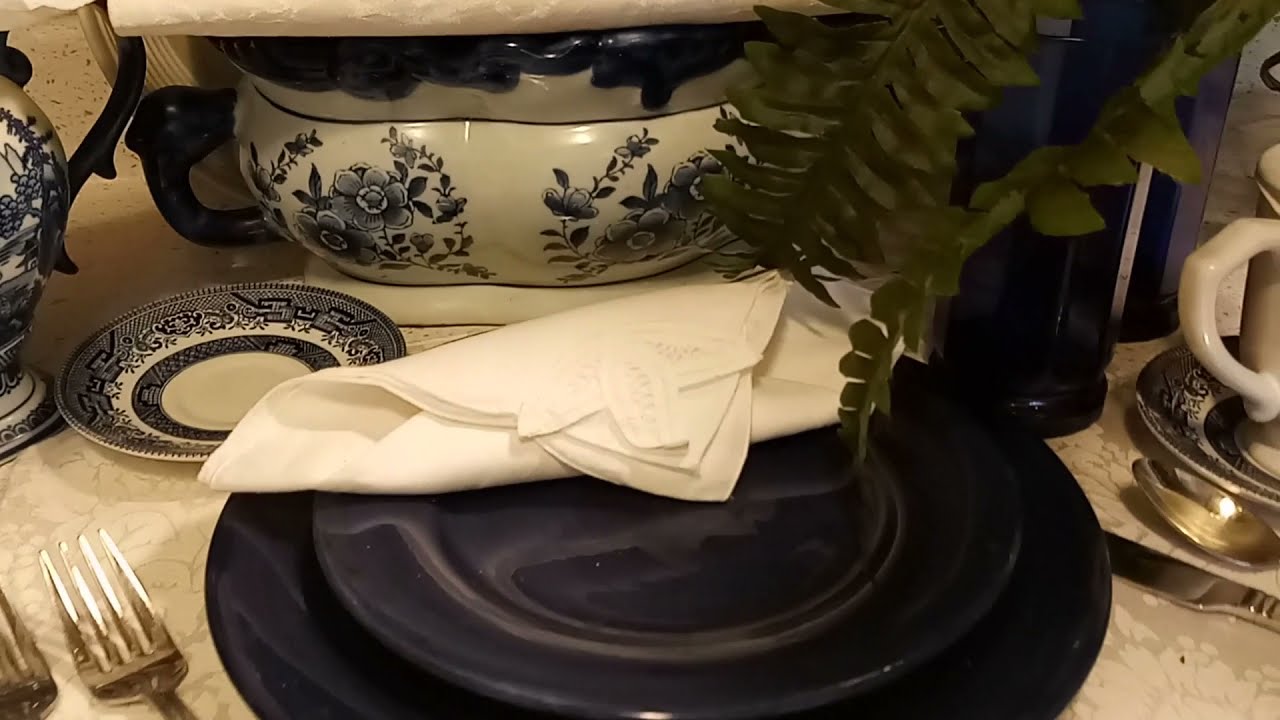
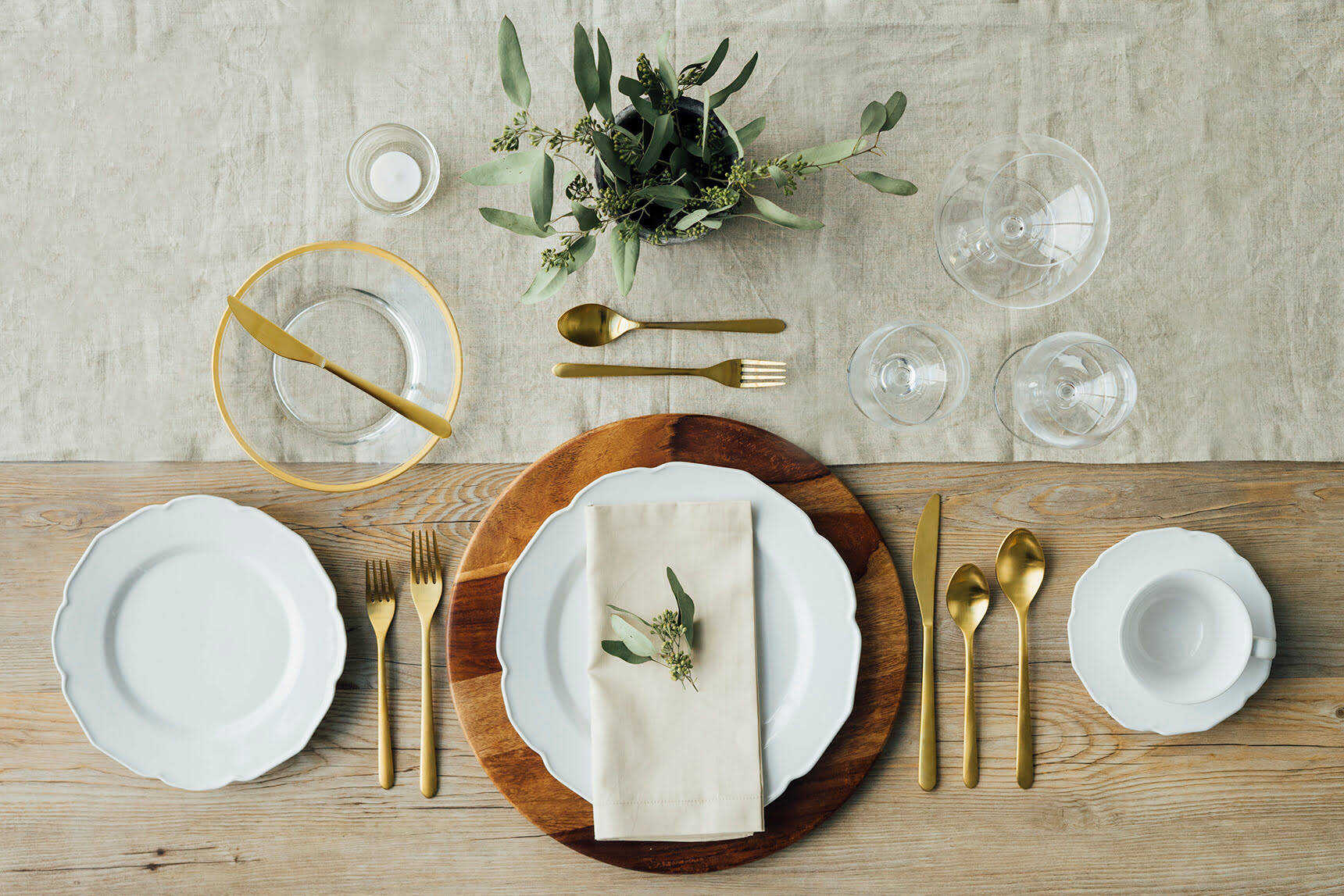

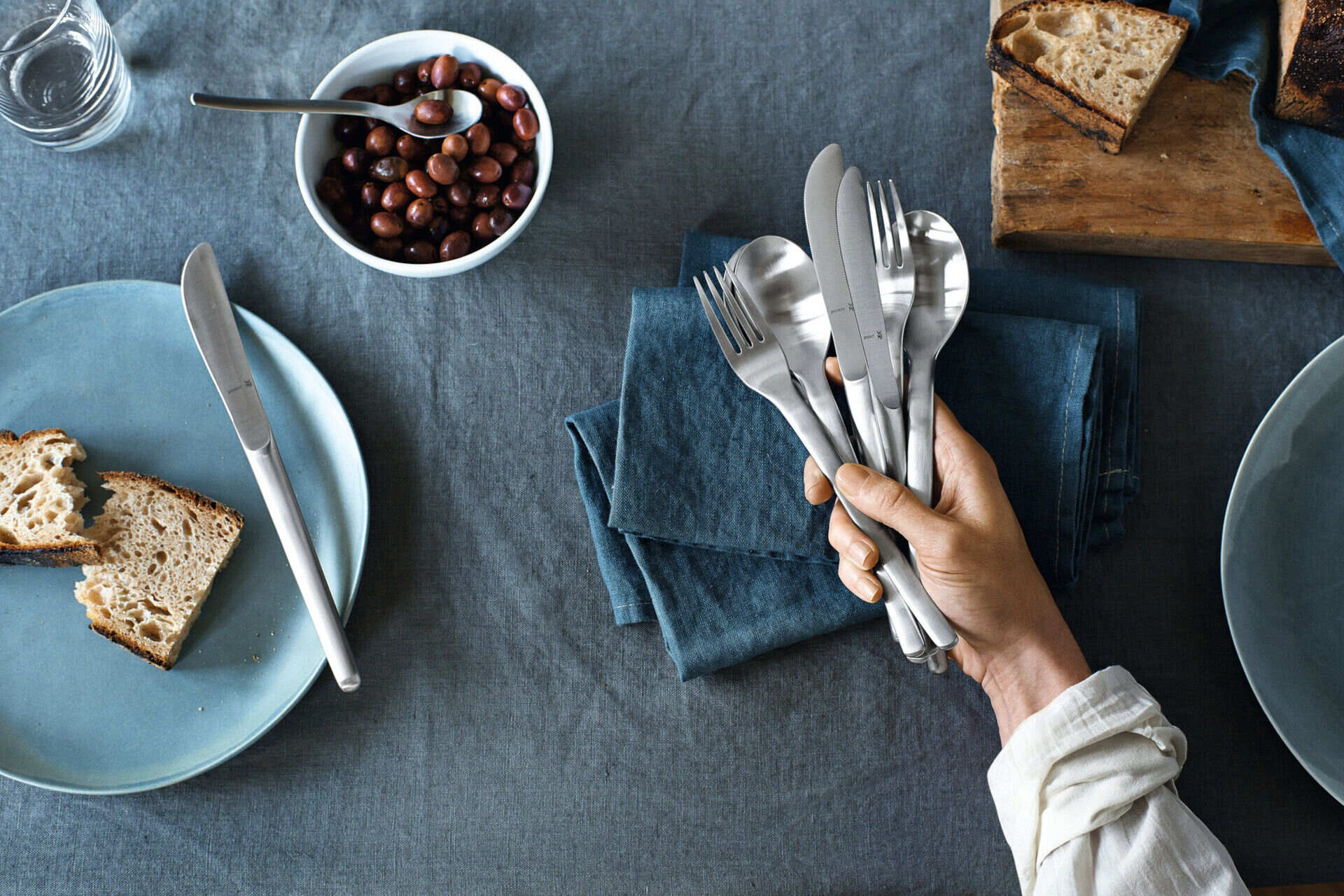
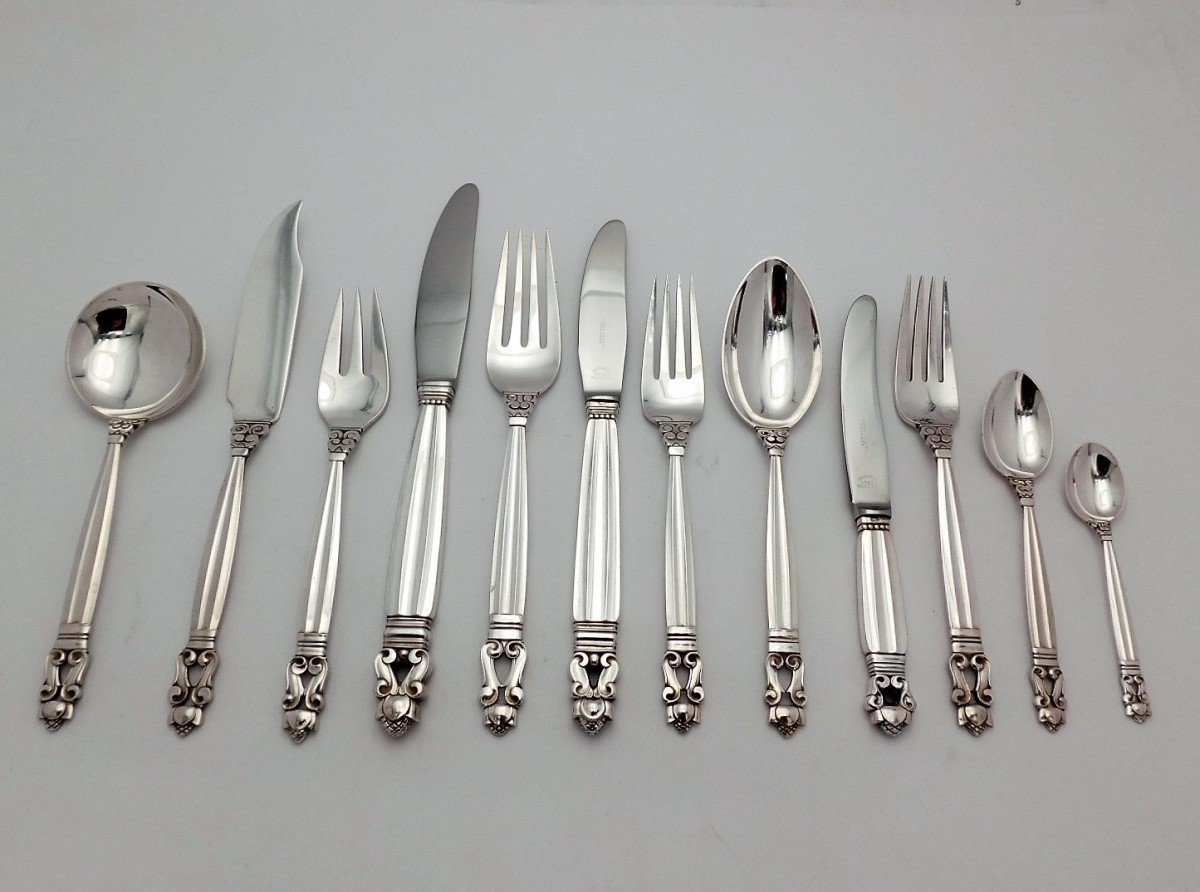
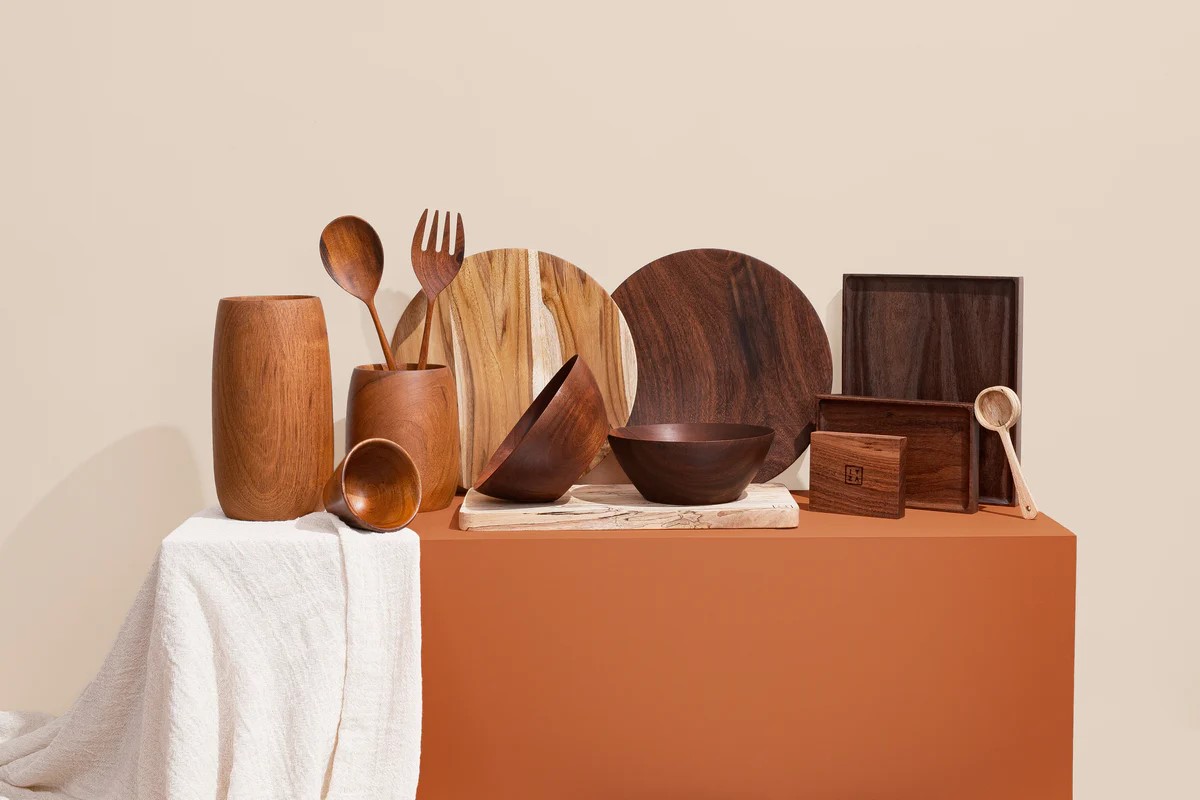
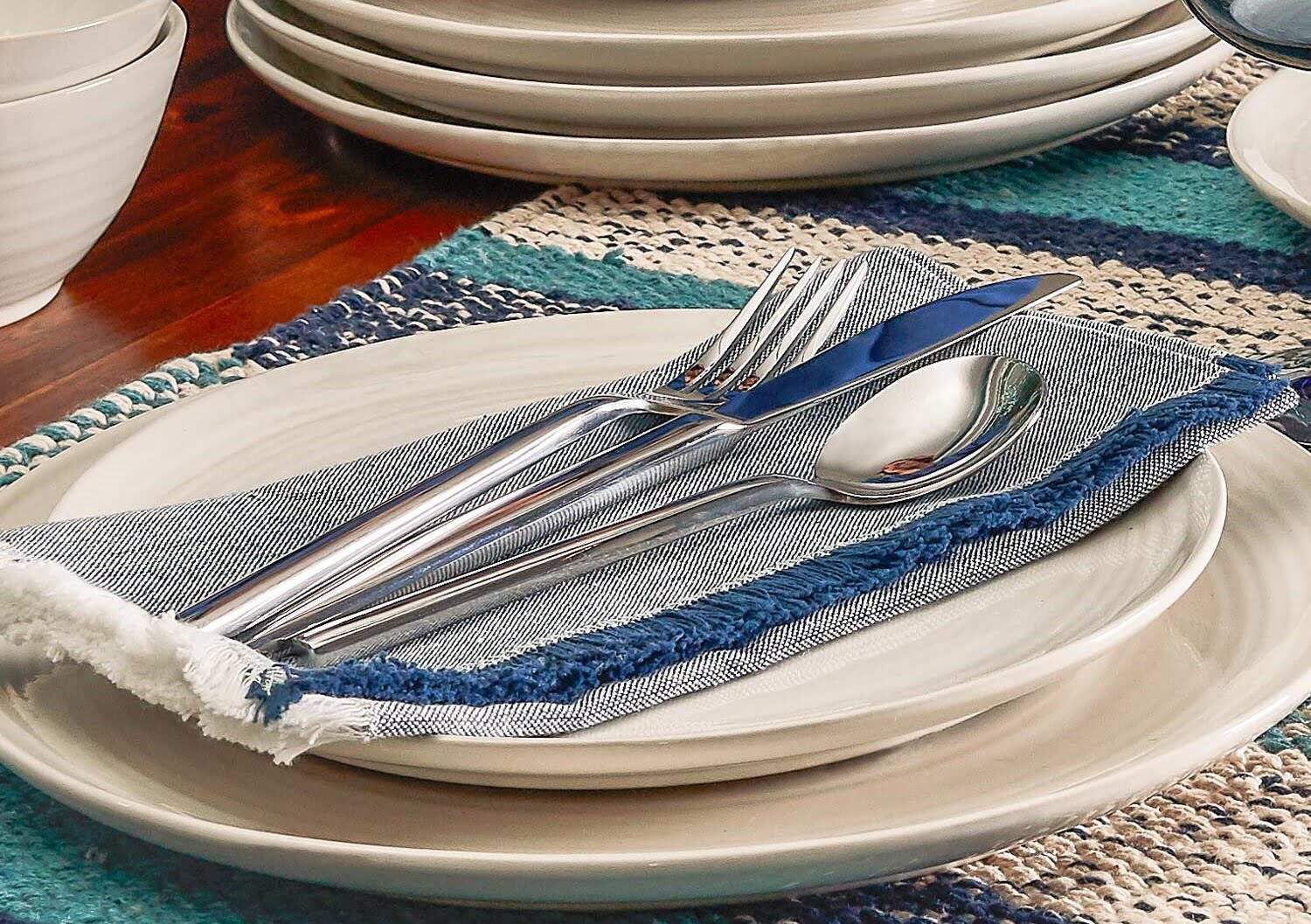
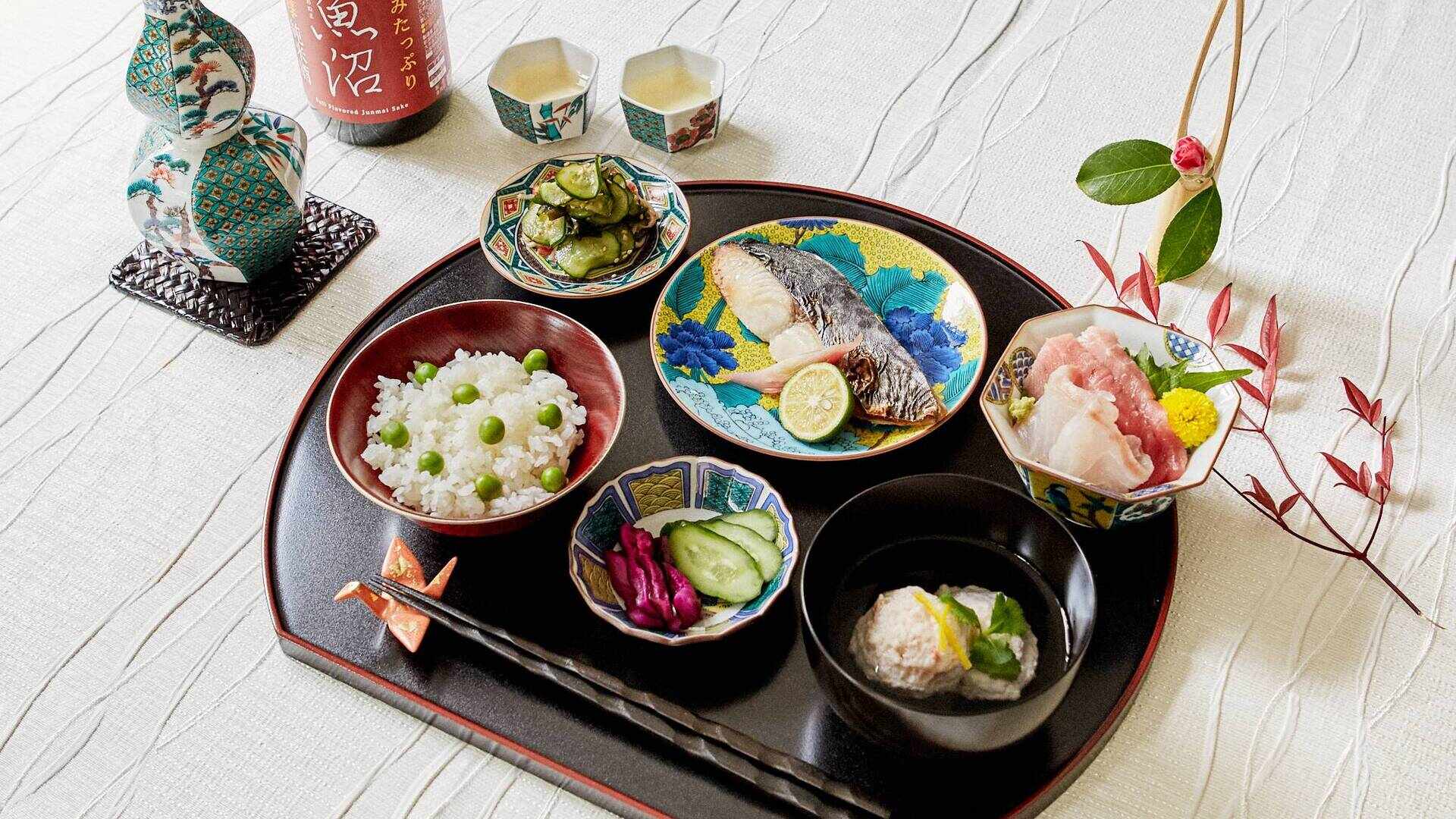
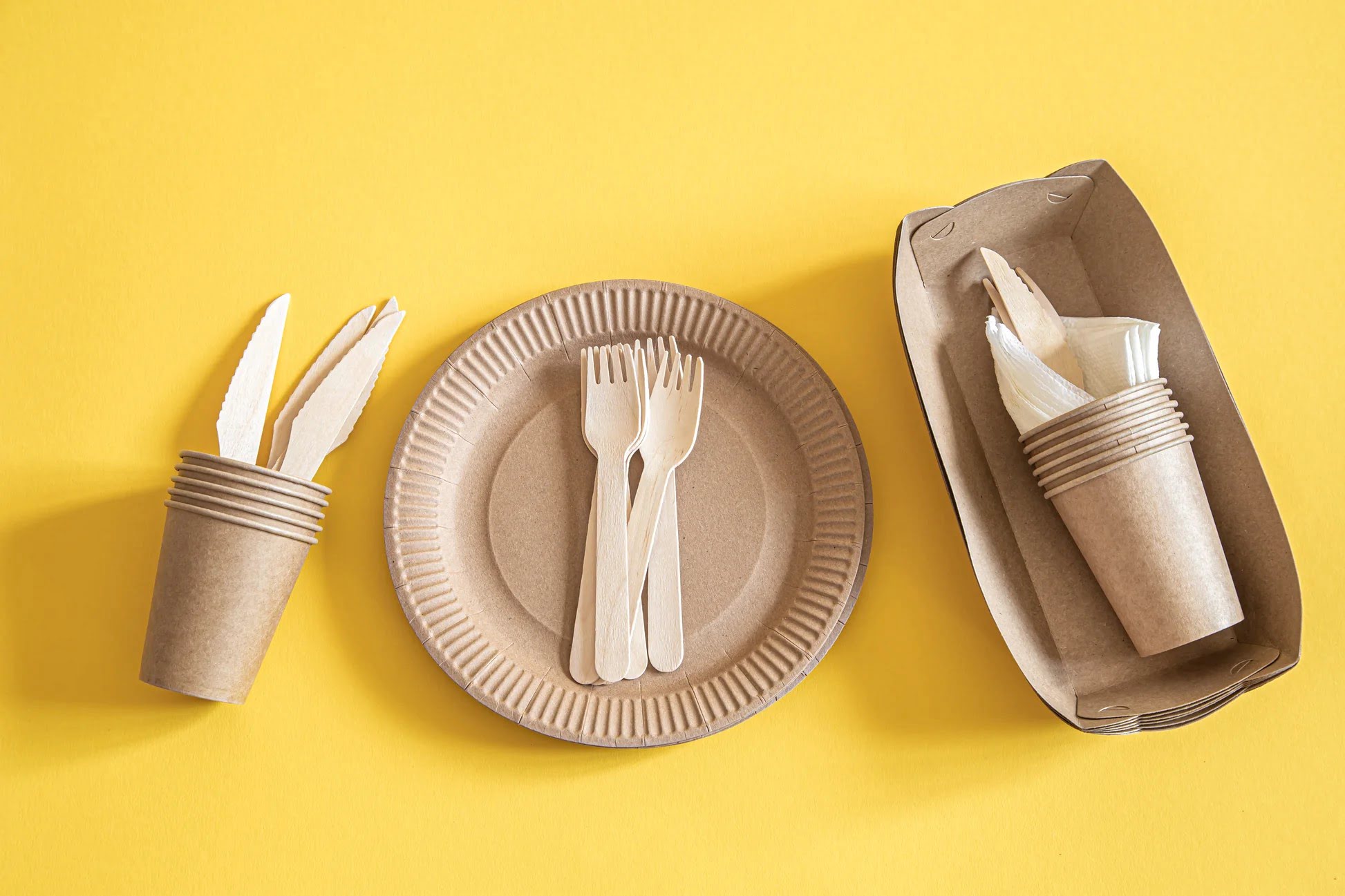
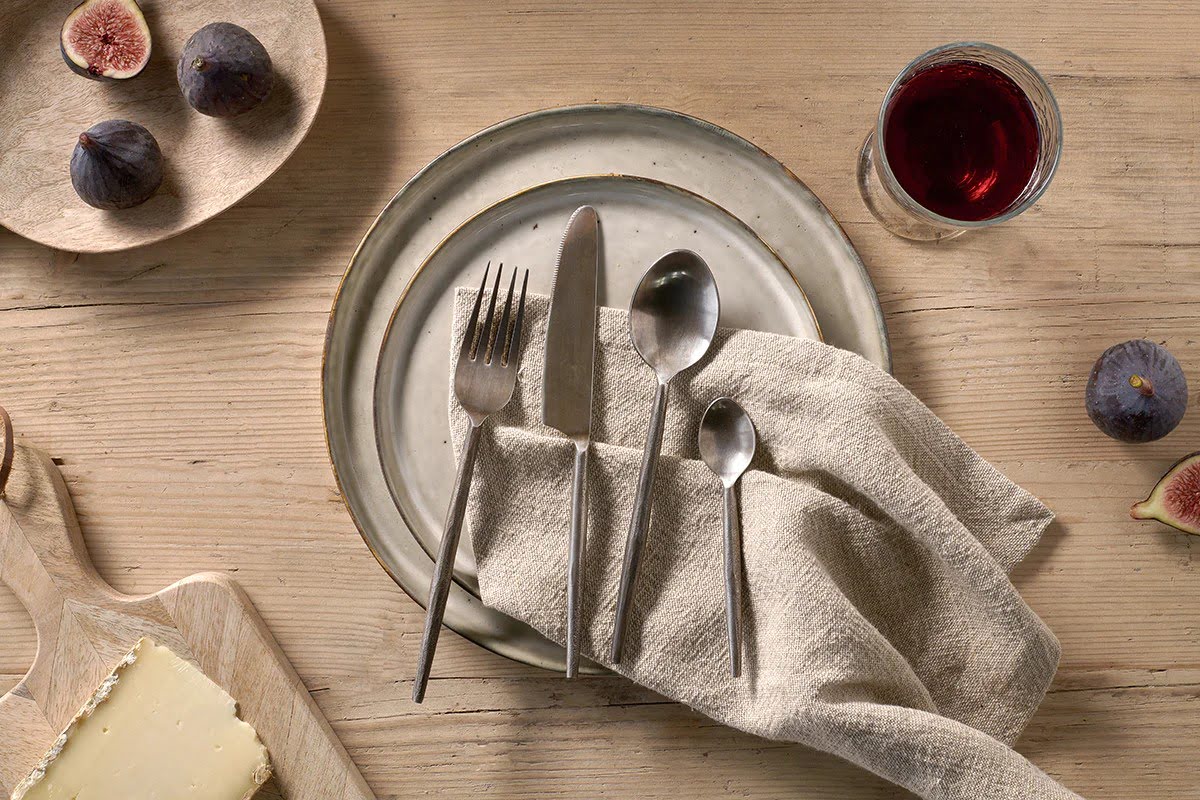
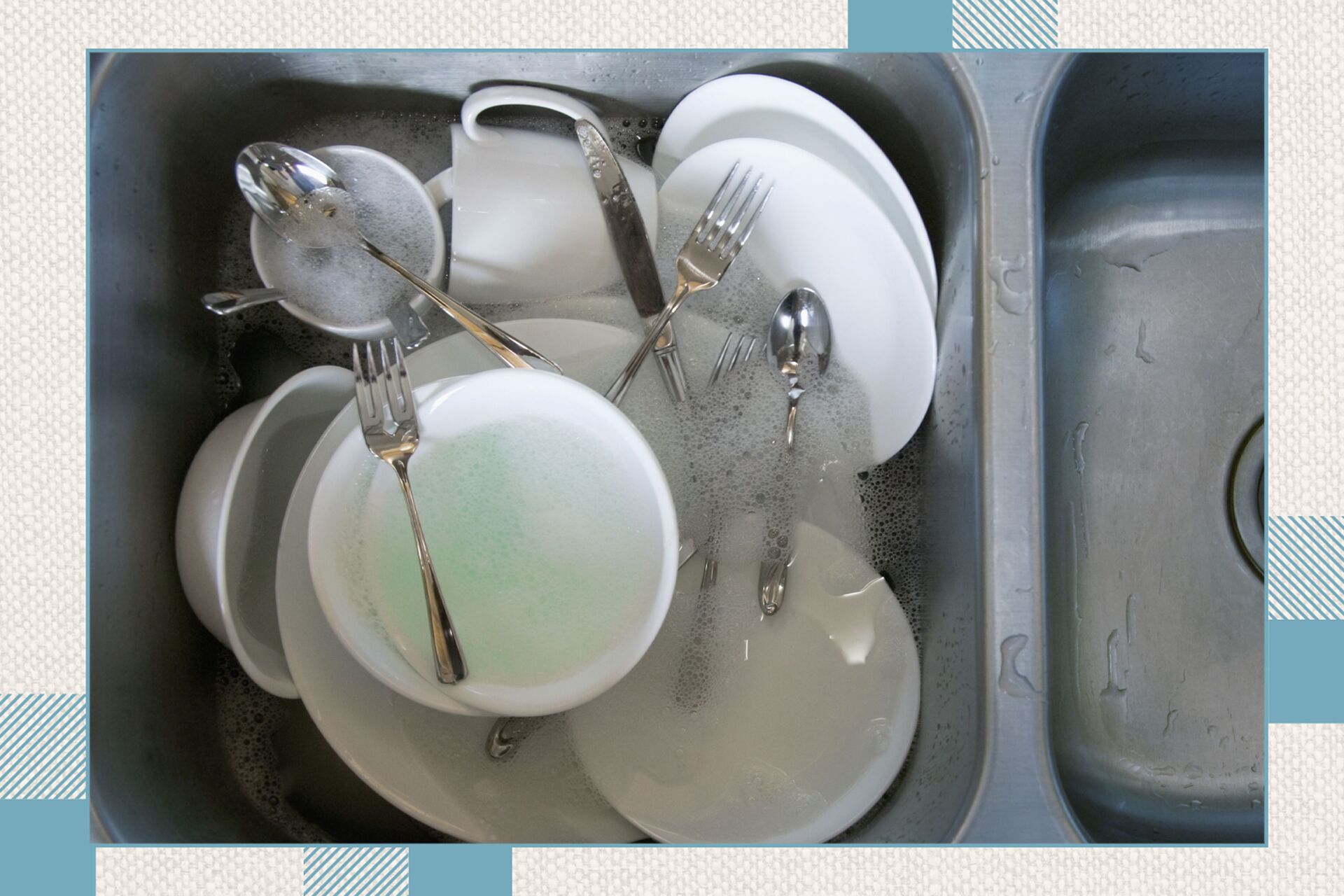
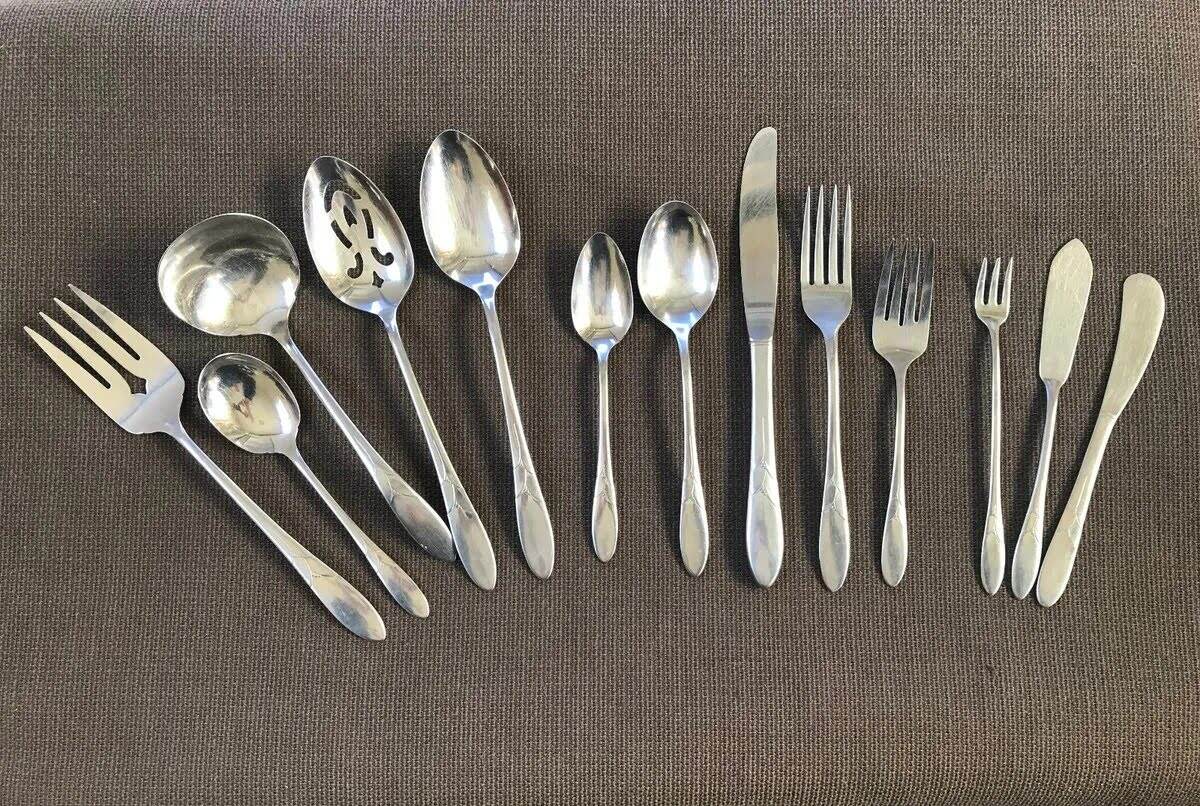

0 thoughts on “What Constitutes Tableware?”